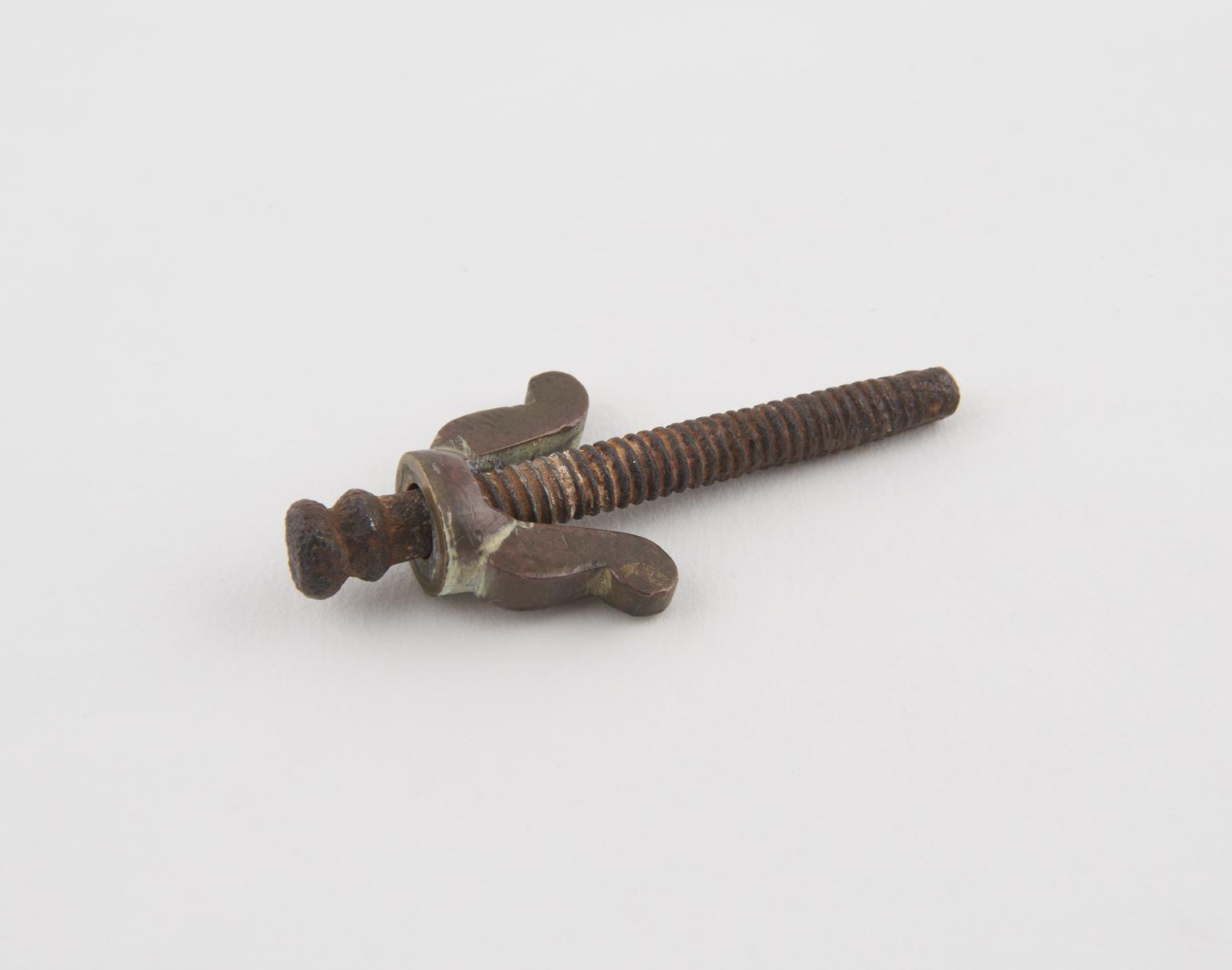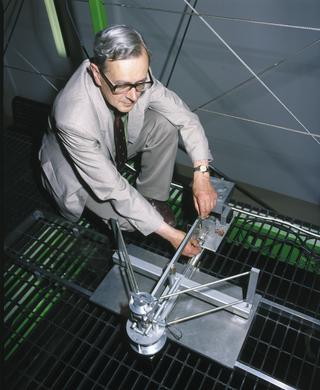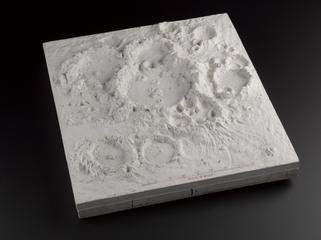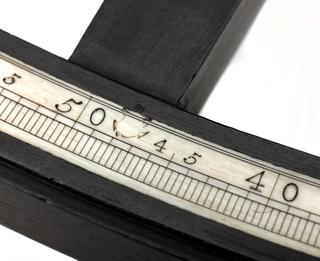Hindu astrolabe
Hindu planispheric astrolabe in copper [brass?], single plate, made for Raja Ramasimha by Sivalala in 1870. Engraved in Sanskrit with instrument laid out for the latitude of Bundi (25º 28'), Rajasthan, India. Alidade at rear missing.
More
Made by Sivalala, this large astrolabe with Sanskrit script was commissioned by Raja Ramasimha in 1870. This front view shows the moveable fretwork plate called the rete that denotes star positions by short straight pointers. The astrolabe is in essence a model of the universe that an astronomer could hold in their hands. Popular in Medieval and Renaissance Europe, its many uses included timekeeping, astrology and surveying. The astrolabe is a two-dimensional depiction of the heavens whose layout is achieved using the mathematical technique of stereographic projection. From its origins in the Ancient World, Islamic astronomers developed the astrolabe from where it spread to India.














